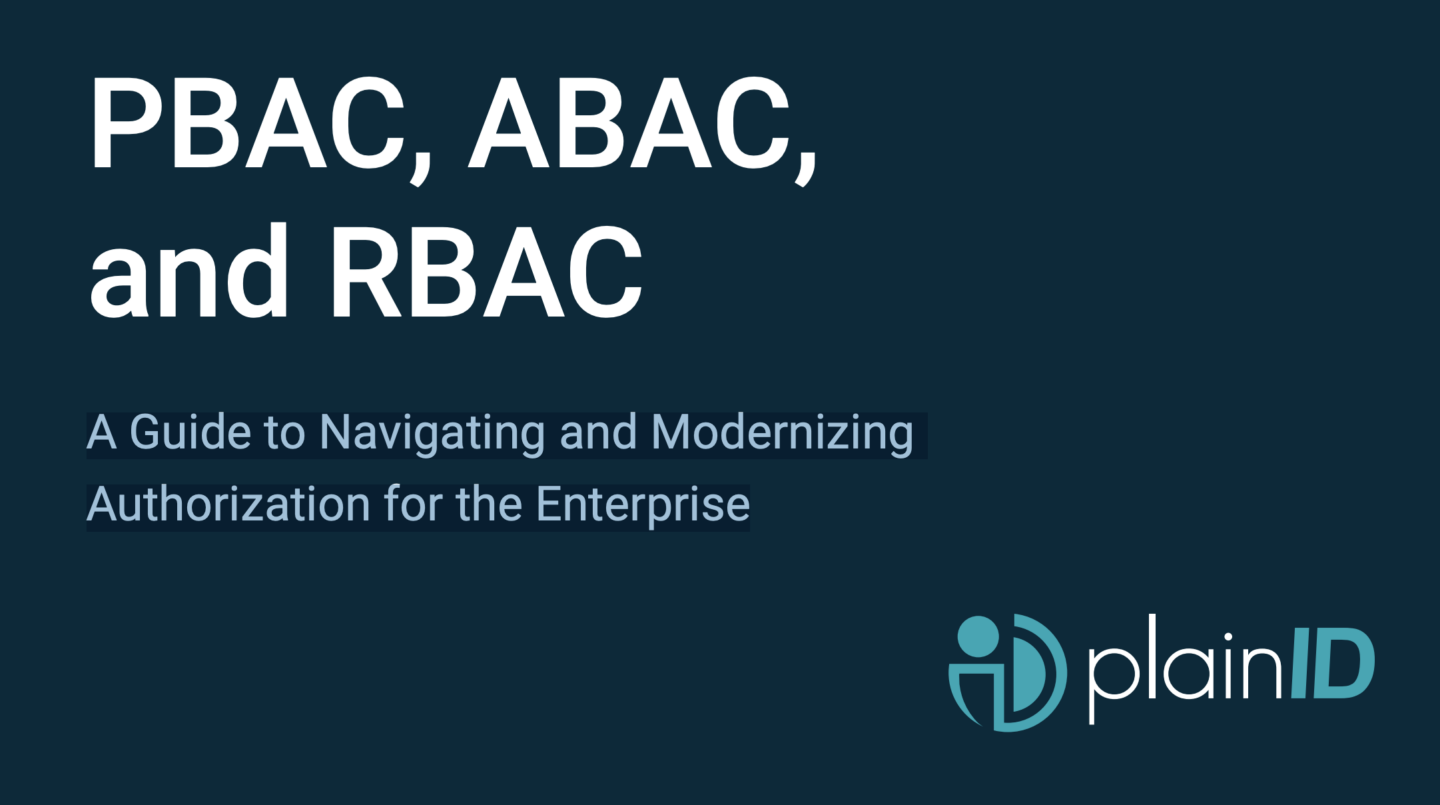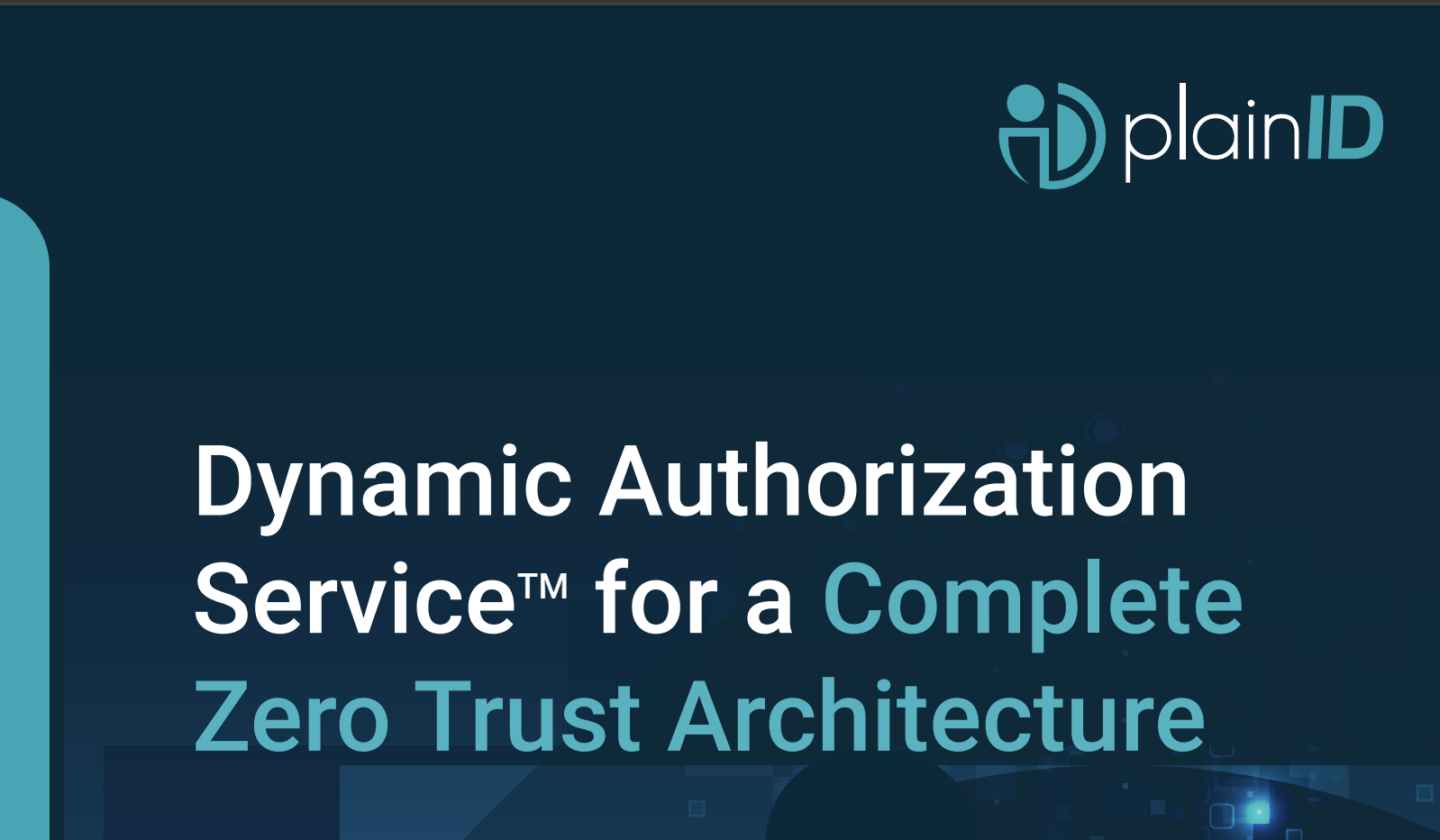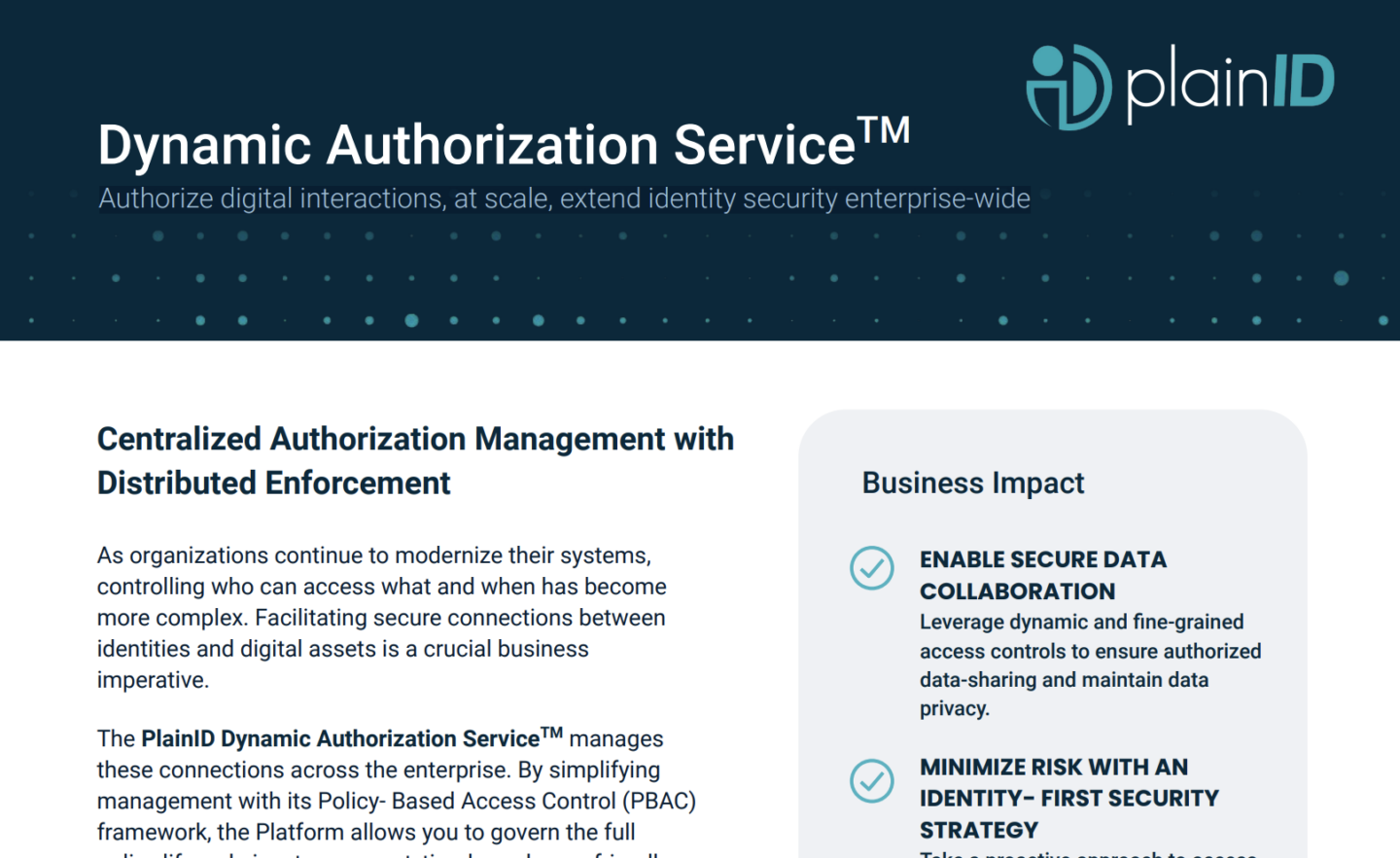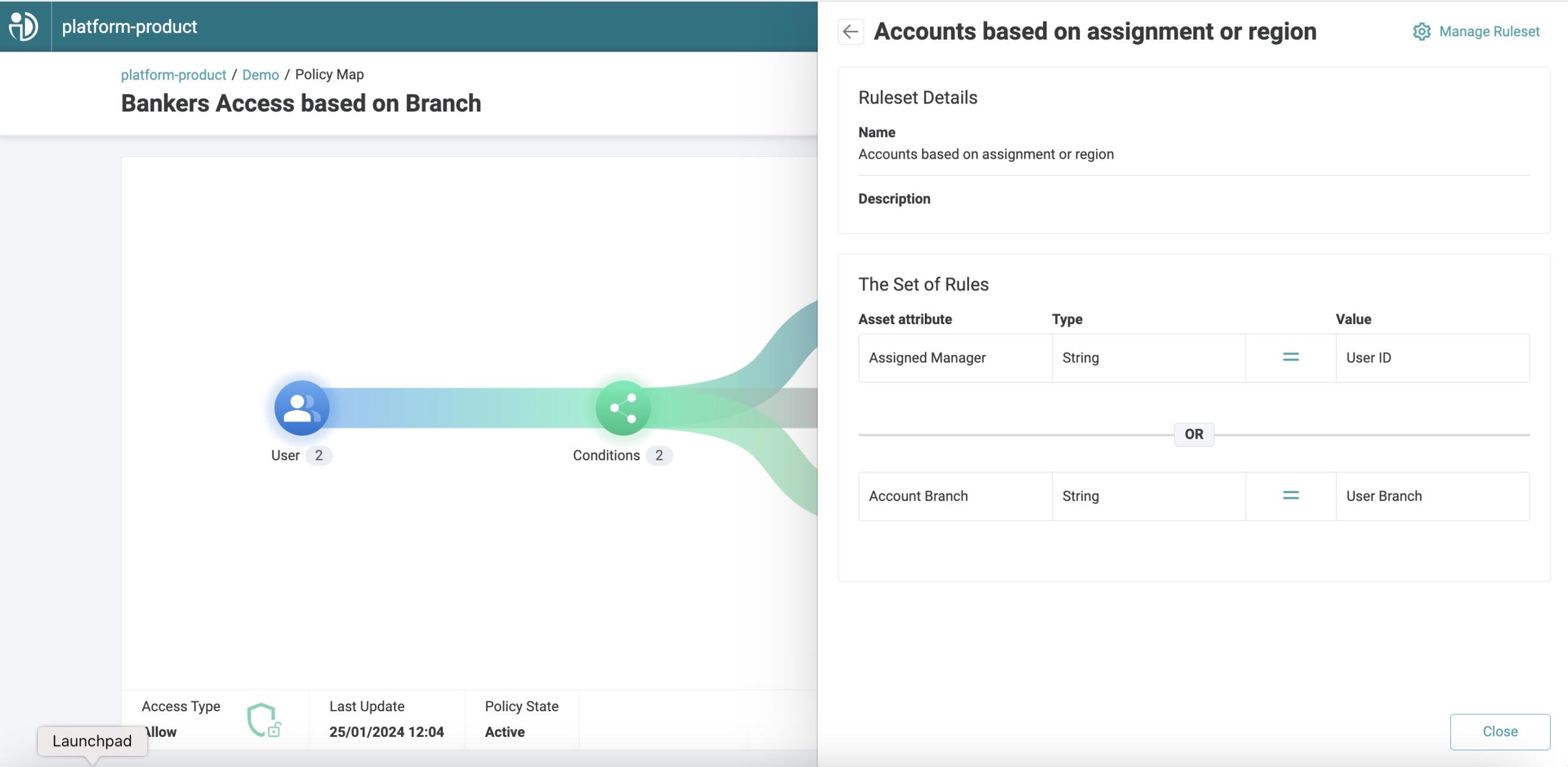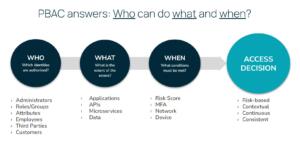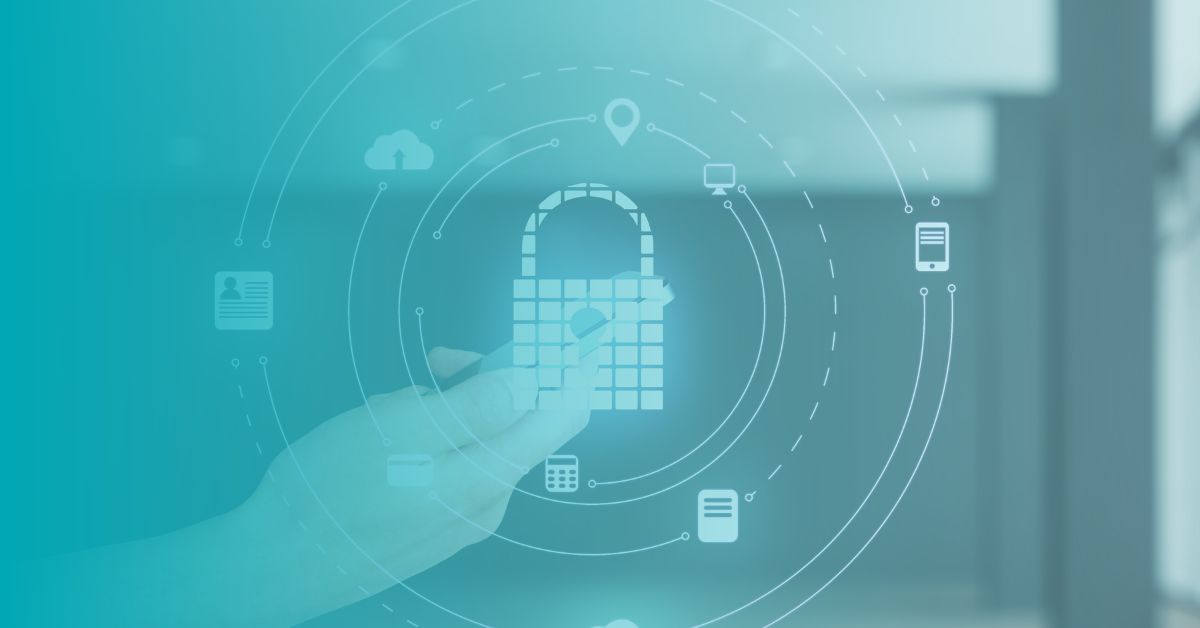Flexible & risk-based PBAC enterprise-wide
As enterprises modernize, the complexity of access controls grows. PlainID’s Dynamic Authorization Service simplifies how enterprises securely connect identities to digital assets. Powered by a Policy-Based Access Control (PBAC) framework, PlainID ensures seamless integration with existing systems for risk signals and distributes enforcement across the technology stack. This facilitates rapid adoption and proliferation of risk-based Authorization enforcement for custom applications, APIs, microservices, down to the data layer.
Business Value
-
Gain Full Control and Visibility
Centralize and automate access policies for custom applications, API gateways, the service mesh, and data tools.
-
Minimize Security Gaps with PBAC
Apply risk-based signals in real-time for contextual, continuous and consistent access policies, enterprise-wise.
-
Secure Data Access with Granular Controls
Tighten access controls with both coarse- and fine-grained Authorization. Filter and mask data at the row, column, and cell-level.
-
Adapt to Evolving Requirements
Facilitate quick updates to keep up with rapidly changing business needs, security threats, and regulatory compliance.
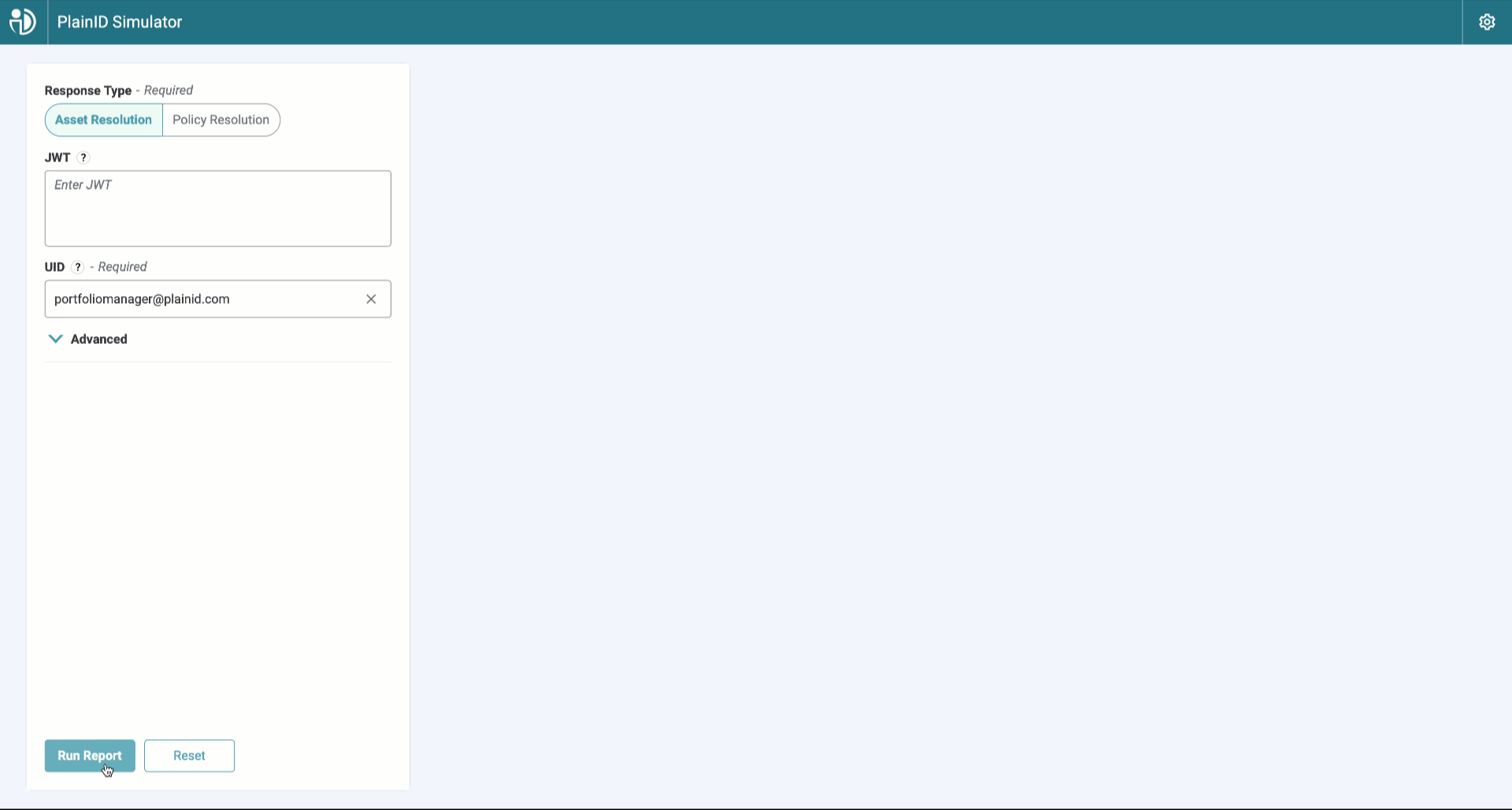
How it Works
Dynamic Authorization in Real-time
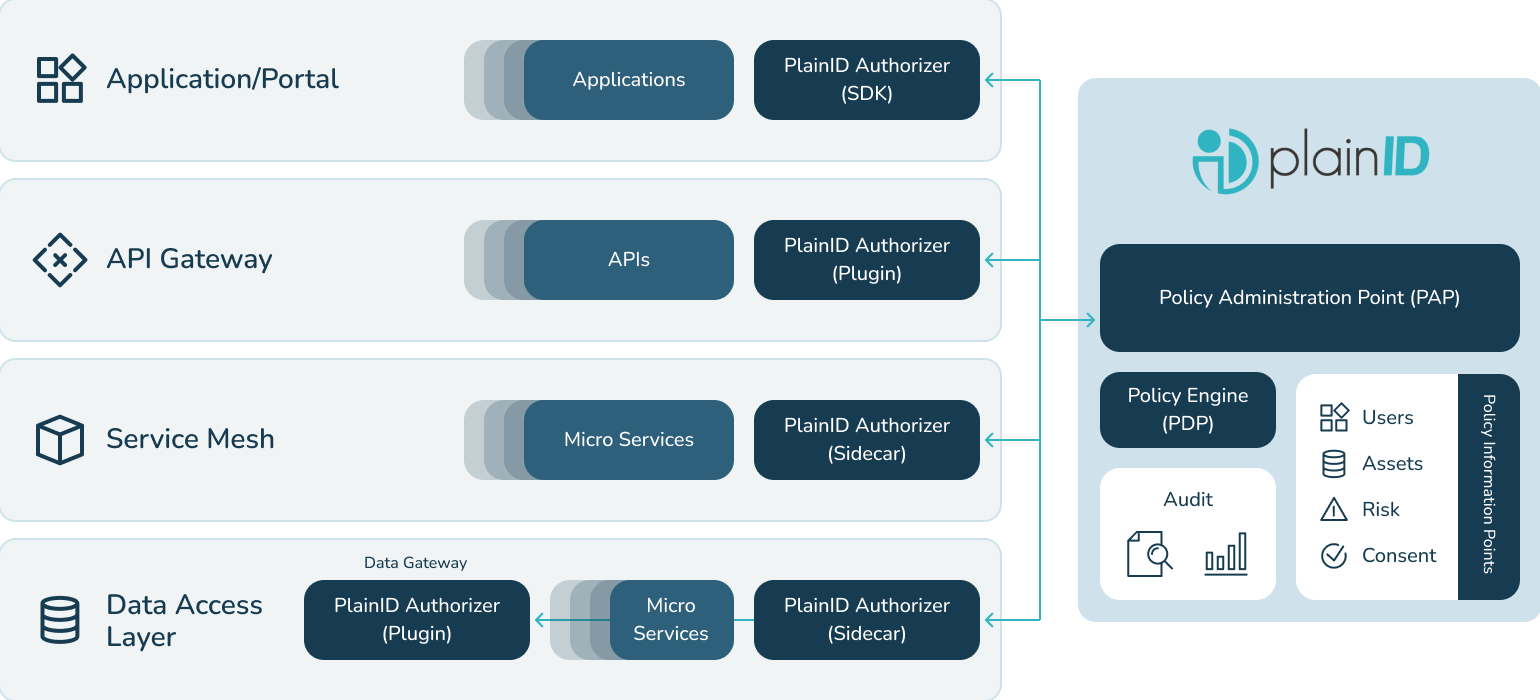



Integrate
PlainID provides AuthorizersTM to integrate existing systems for centralized policy management, and sources for risk-based signals.
Manage
Administrators manage and create access policies within PlainID’s Policy Administration Point that offers policy acceptance workflows, Policy as Code, and more.
Push
Access policies are then pushed to the SaaS application for enforcement.
Enforce
The SaaS application enforces which data or assets the user is allowed to access based on PlainID-managed policies.
Named Overall Leader in Policy Based Access Management
by Kuppingercole
Learn about all the 2024 Leadership Compass findings.
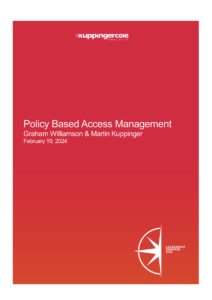
Key Features
Centralize and automate access policies for custom applications, API Gateways, Microservices, and data tools such as data lakes, data warehouses, and more.
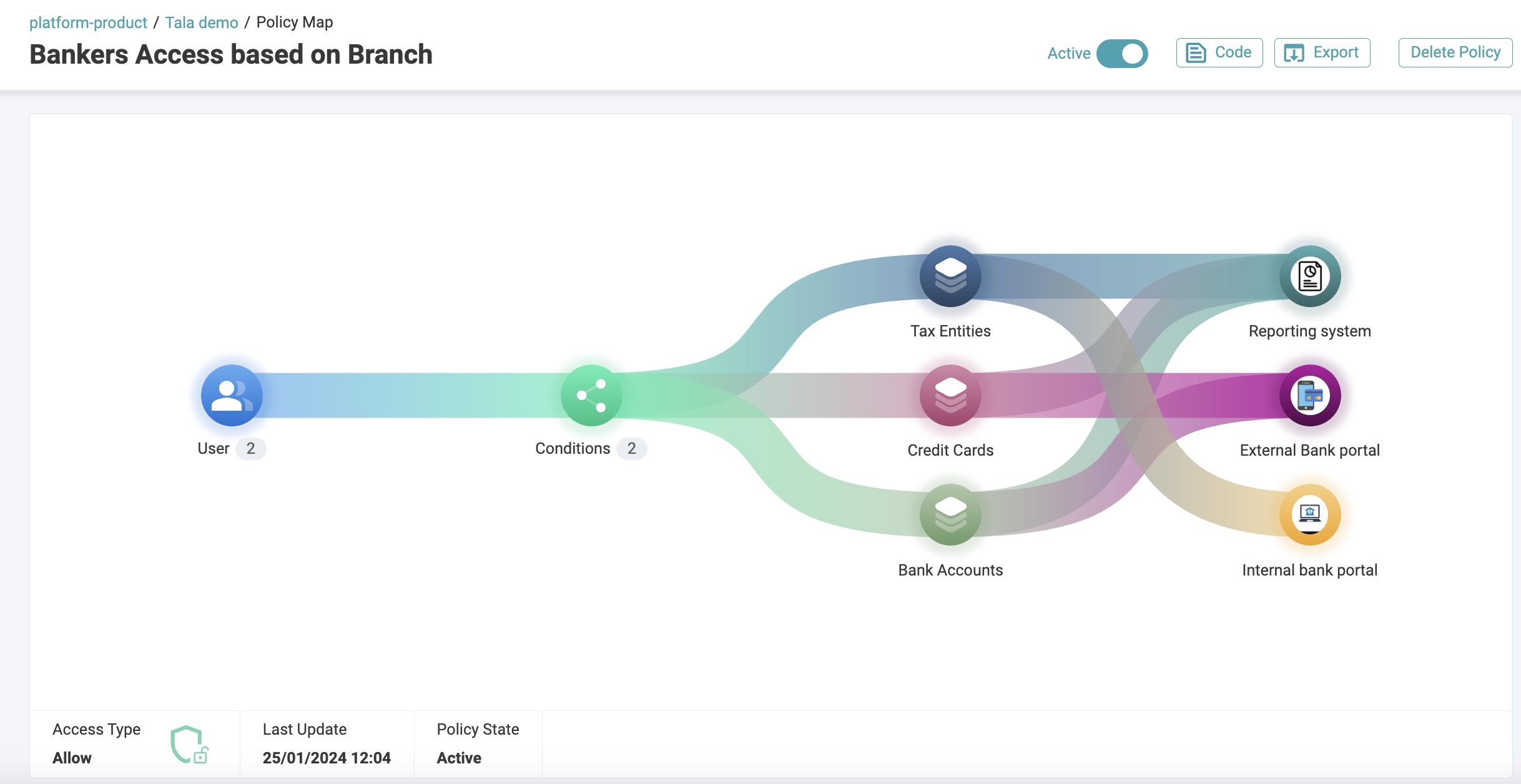
Apply risk-based signals from your Identity Fabric in real-time for contextual, continuous and consistent access policies, enterprise-wise. PlainID leverages your existing systems to inform access decisions.
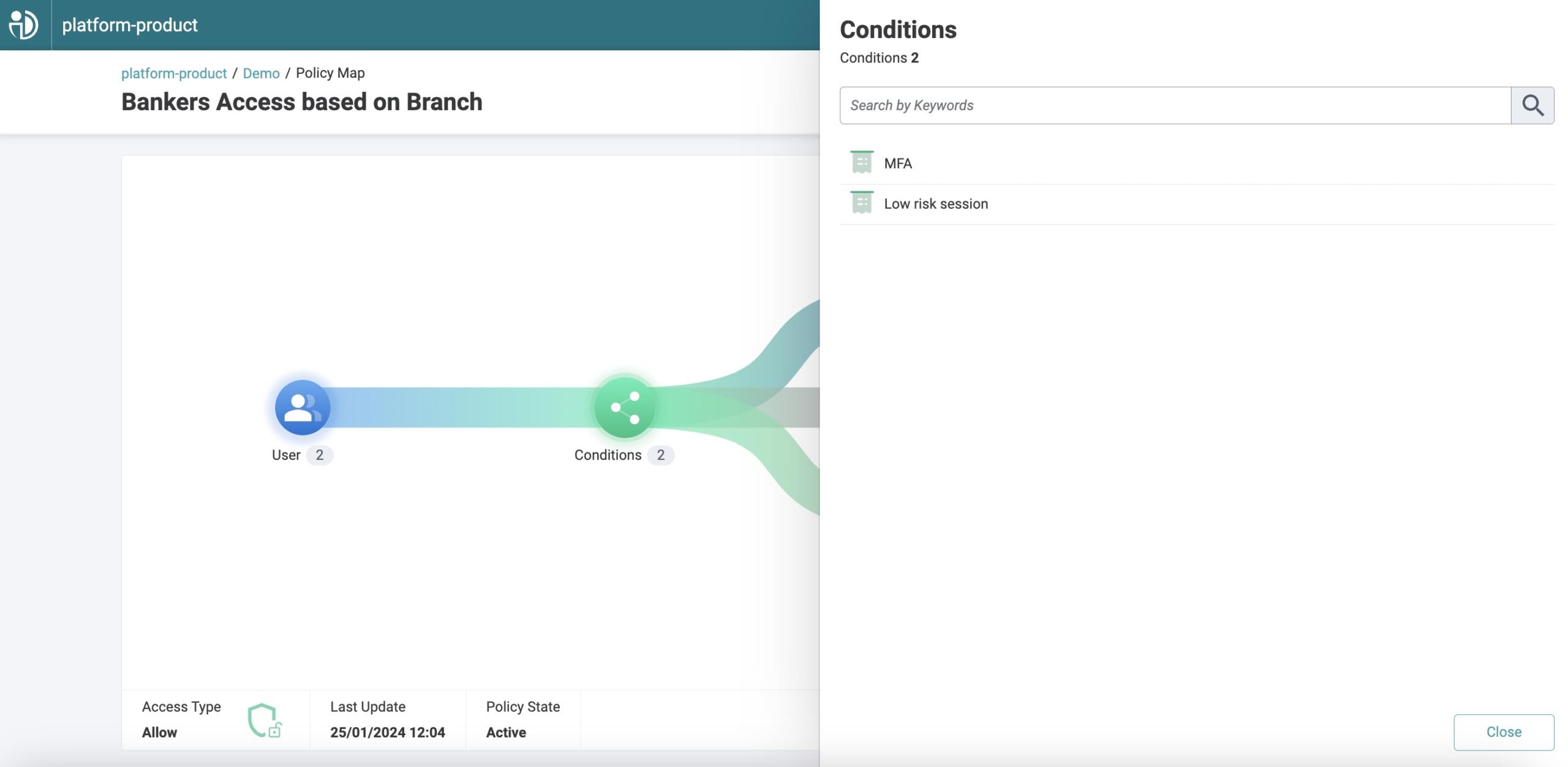
Manage access for identities within your enterprise’s supply chain. Control how business partners, third parties, and identities from other external entities interact with your shared data.
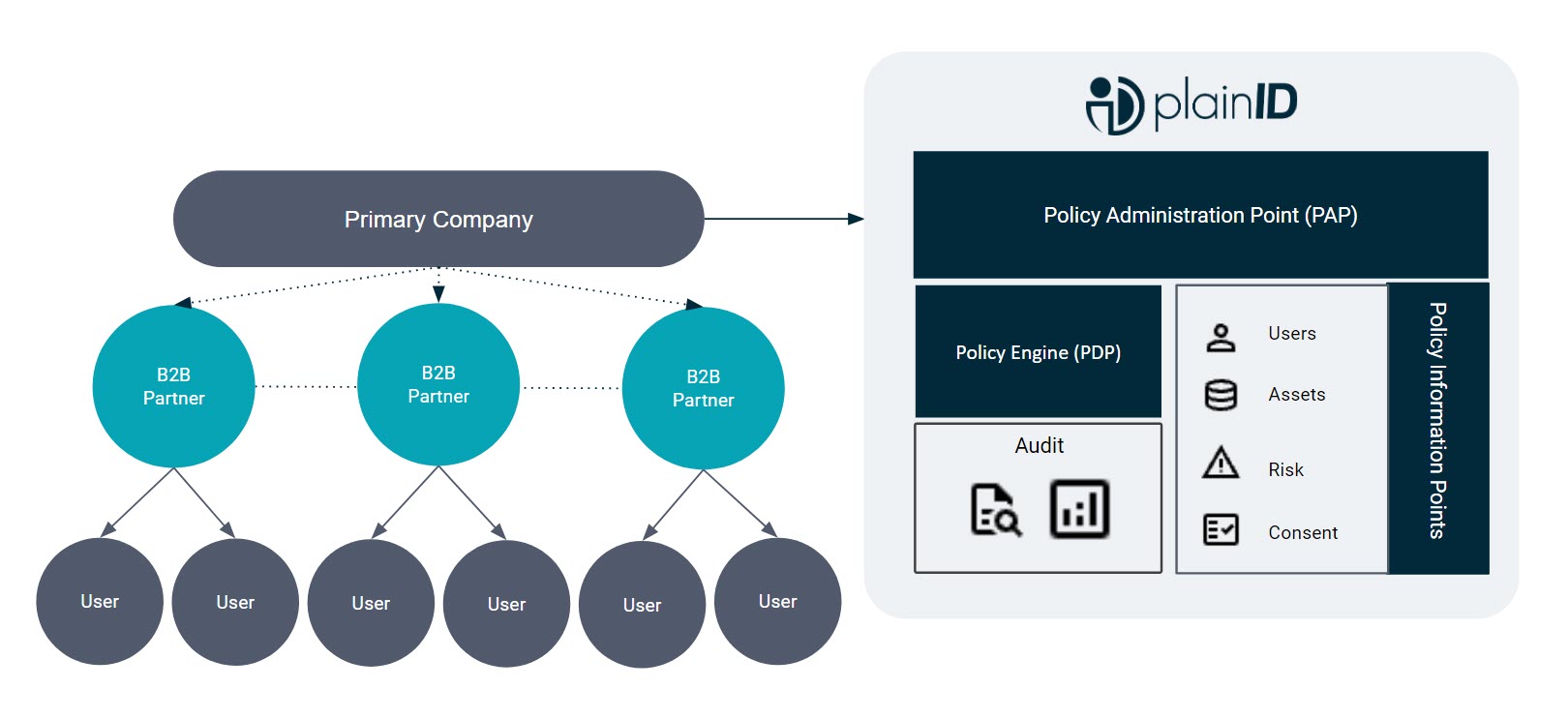
Accelerate time-to-market with low-code/no-code development using PlainID’s SDKs, .NET library, Spring Boot, and REST API.
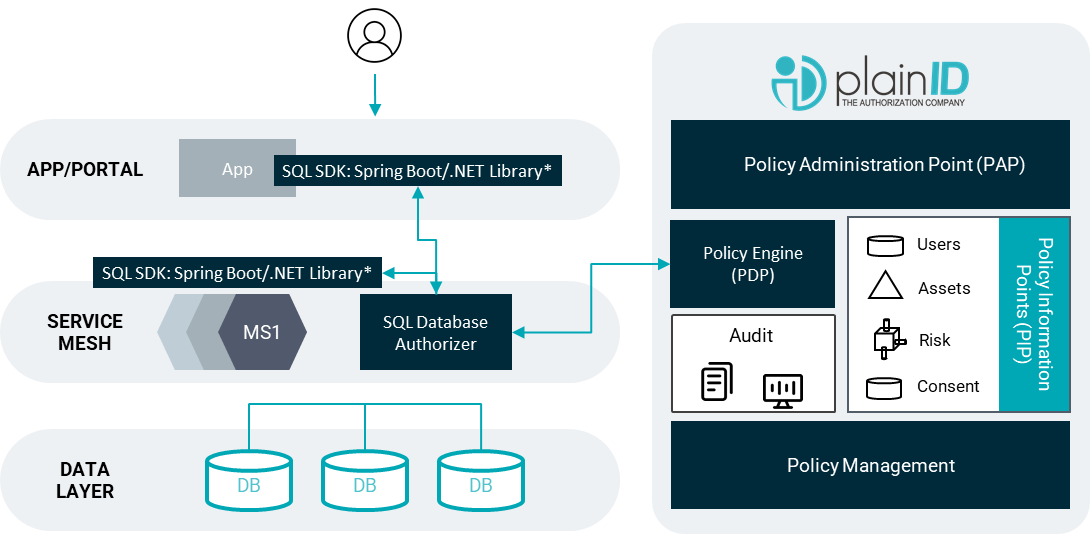
Authorization FAQs
Learn More About Our Authorization Platform
“Migrated from a Legacy Authorization Platform to PlainID’s Dynamic Authorization Solution”
A $70B global financial services firm, with over 200,000 employees and 70M customers chose PlainID’s Dynamic Authorization solution.
This firm chose to migrate from a legacy authorization platform in order to achieve greater flexibility and business agility by leveraging policy based access control and PlainID’s Dynamic Authorization solution for its mission critical workforce applications.
PlainID Enforcement Authorizers
Access Control for Applications, APIs, Microservices, and Data.






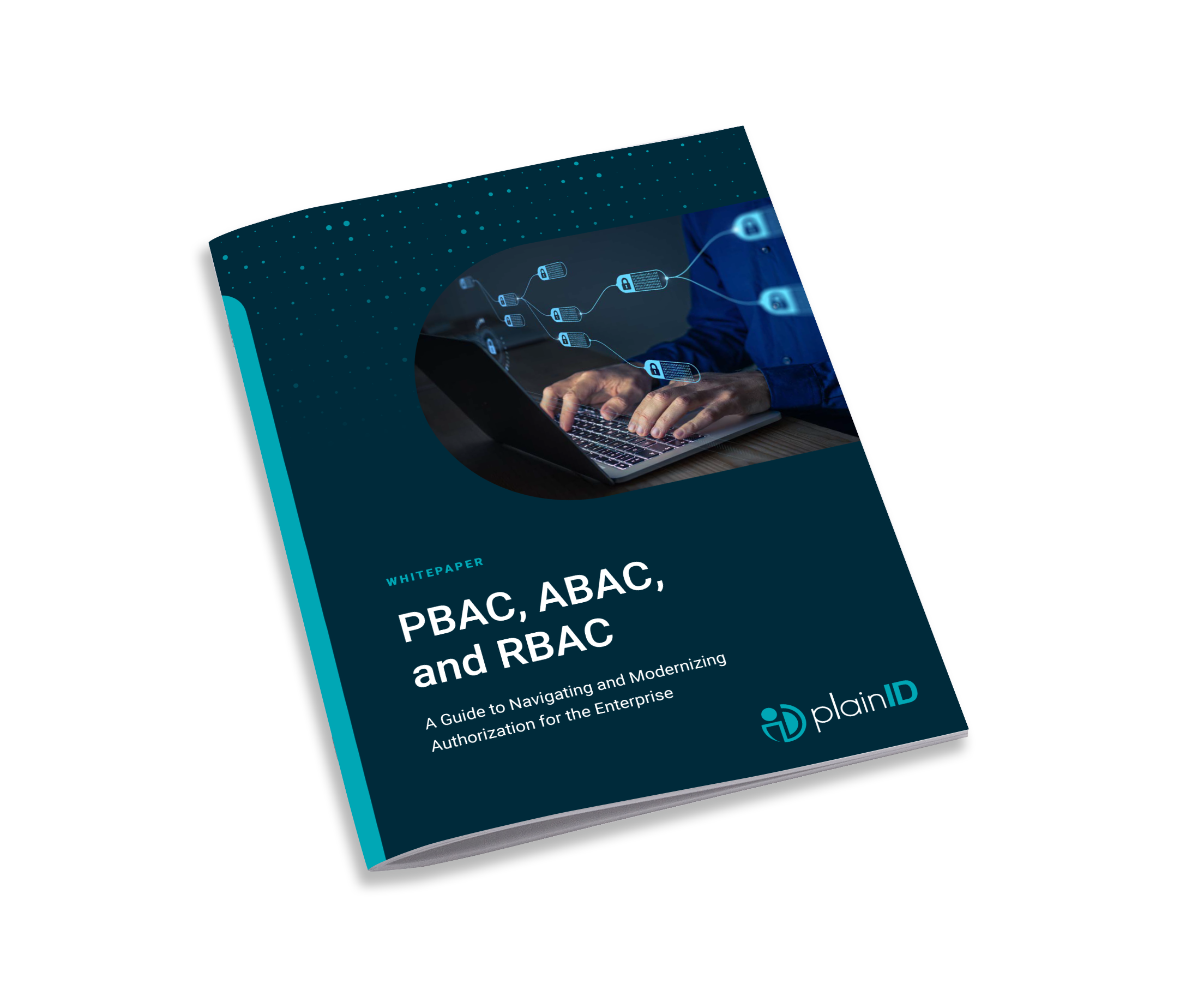
PBAC, ABAC and RBAC – the Truth
Connecting identities to digital assets is a central challenge in modern business. Especially in technological environments where digital assets are often decentralized and broadly distributed, identity-first security is an indispensable strategy to enterprises looking to ensure secure, consistent access to those assets. Learn more in this guide to Navigating and Modernizing Authorization for the Enterprise.
Related Resources
